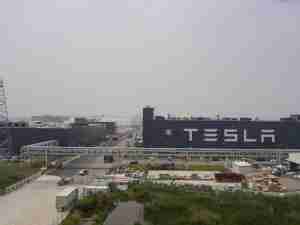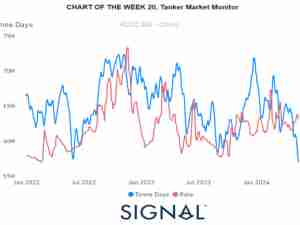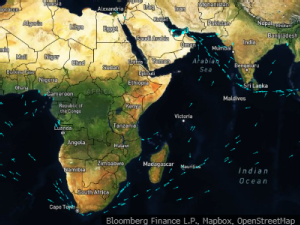SINGAPORE - Fujitsu Limited, Singapore Management University (SMU), and A*STAR's Institute of High Performance Computing (IHPC), today announced their collaboration to develop innovative new technologies for vessel traffic management in the Port of Singapore, with the support of the Maritime and Port Authority of Singapore (MPA).
These predictive technologies will leverage the power of artificial intelligence (AI) and big data analytics to optimize the management of Singapore's port and surrounding waters, which sees an immense volume of seaborne trade and traffic. The technologies will also be validated using real-world data to improve the forecasting of congestion and identification of potential collisions and other risk hotspots before they occur at sea.
The research and development for these new maritime technologies has been conducted under the guidance of the Urban Computing and Engineering Centre of Excellence (UCE CoE), a public-private partnership consisting of the Agency for Science, Technology and Research (A*STAR), SMU, and Fujitsu, that was established in 2014.
This collaboration demonstrates the UCE CoE's continued commitment to harnessing high performance computing capabilities in the development of solutions for sustainable urban operations, offering another example of how researchers at UCE CoE are using Singapore to test-bed next generation solutions for real-world issues faced by industry and government.
The outcomes of this research and development phase, as well as the practical knowledge and experience gained through the project trials, will be integrated into Fujitsu's future maritime solutions.
Background
The Straits of Singapore and Malacca comprise one of the world's busiest sea lanes. As a globally critical point of passage for seaborne commercial shipping traffic, the continuous enhancement of navigational safety in these crowded waters is a crucial goal.
In view of this goal, the UCE CoE initiated research and development into technologies for maritime vessel traffic management in 2015, employing the diverse strengths of Fujitsu, IHPC, and SMU. IHPC contributed its capabilities in modeling and simulation, as well as probabilistic modeling and machine learning techniques, while SMU provided its expertise in large-scale multi-agent optimization models. Fujitsu Laboratories Ltd. leveraged its data analytics and artificial intelligence technologies to support the endeavour.











